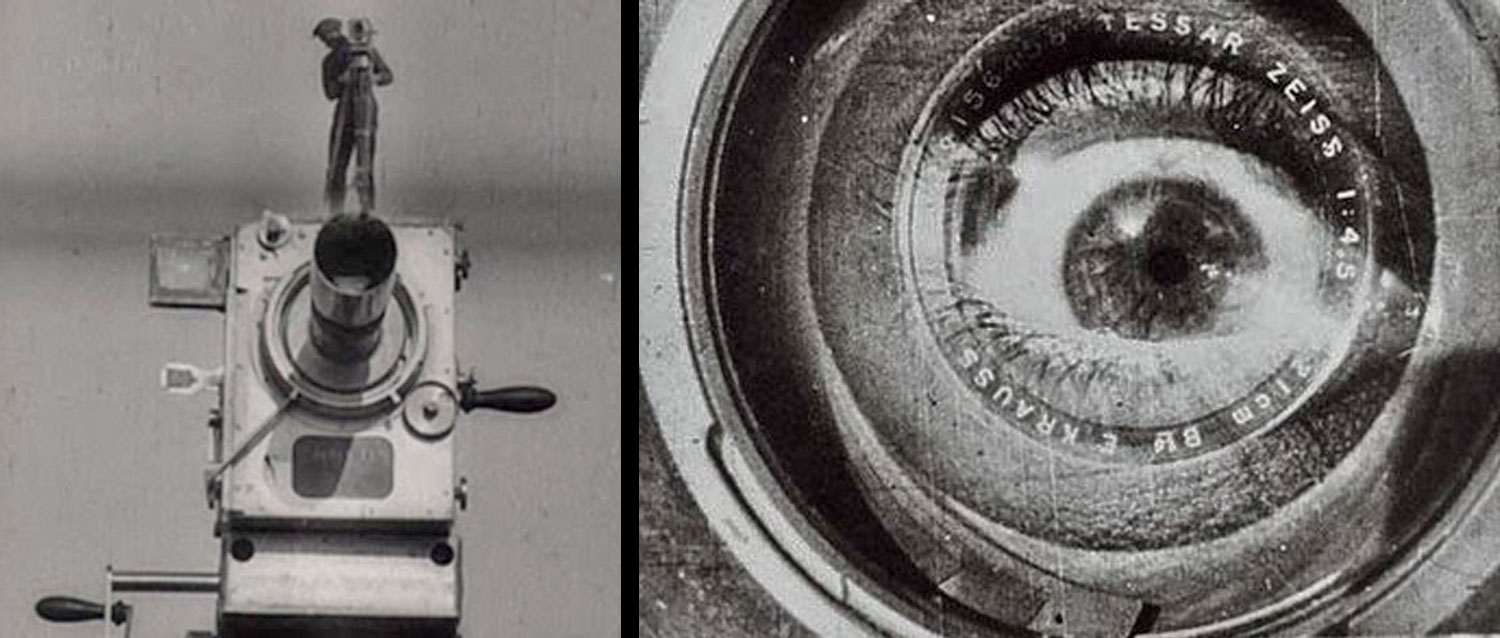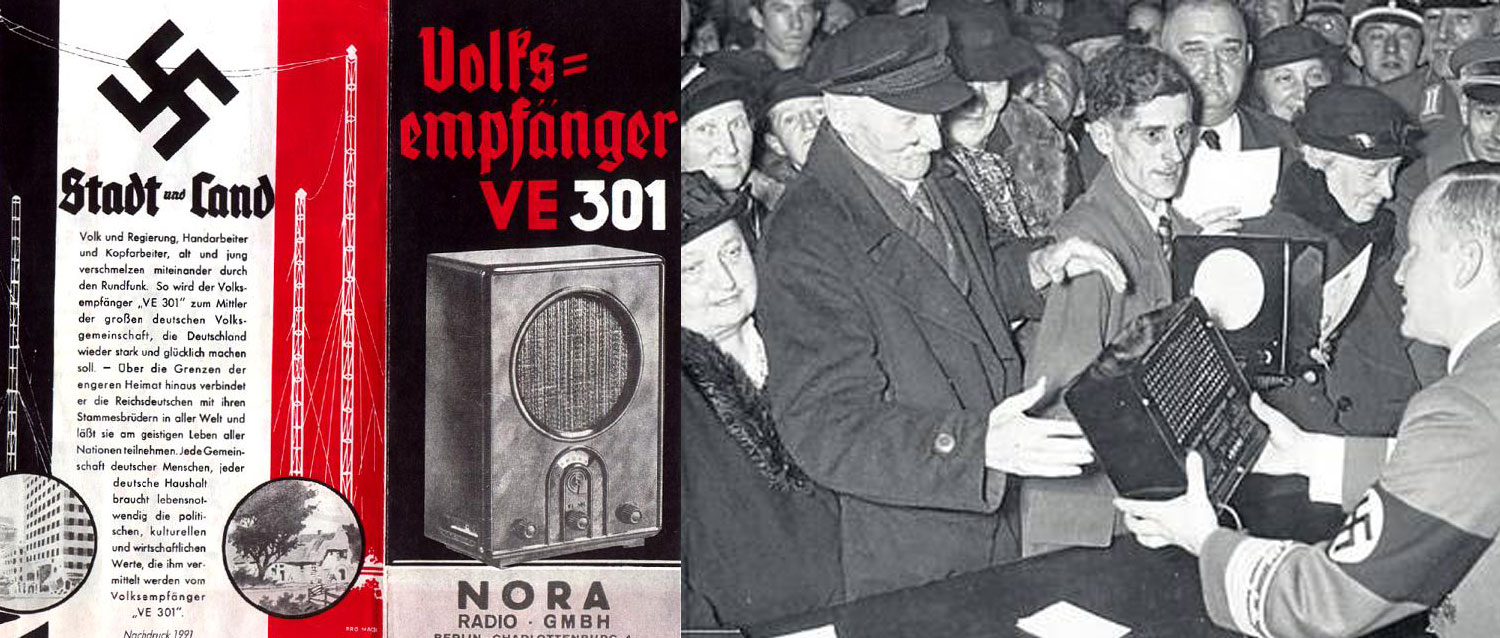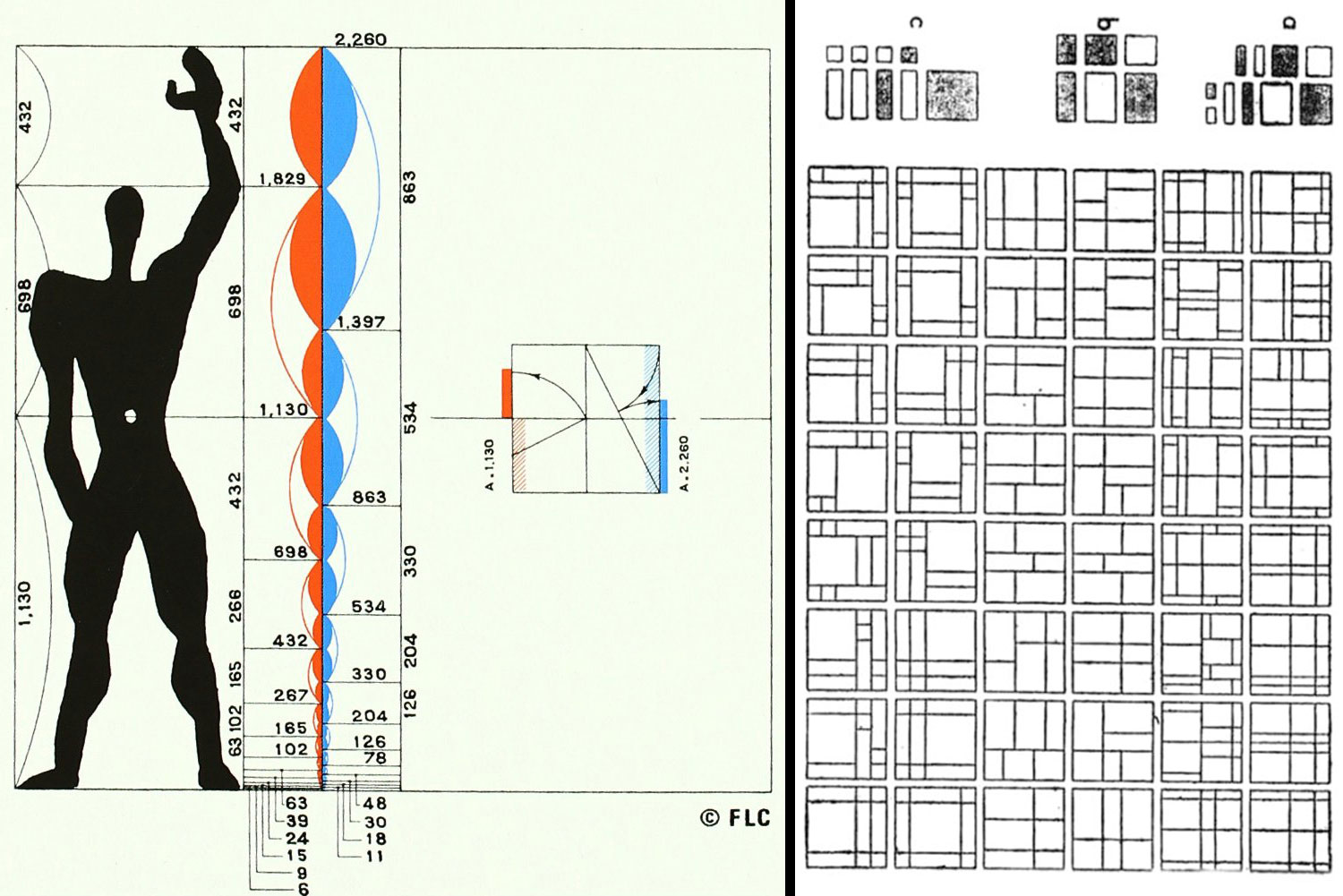

Channel 01 the news channel of the post-truth, fake news, clickbait and alternative facts era
Channel 01 is an artistic project by Gustavo Romano that presents itself as an automatic audiovisual news channel, based on artificial intelligence algorithms and material from the network itself.
Channel 01 offers a fragmented chronicle of mediatised hyperreality, a fractal story with all its multiple variants, all of them feasible, all of them credible. Channel 01 captures, reorganises and projects a cascade of possible worlds, of alternative, dystopian, dreamlike events, resulting in an uncomfortable portrait, no longer of our reality, but of our fears or desires.
Channel 01 operates with a new kind of automatic "writing": the machinic narrative of hyperreality.
In the near future, it will be algorithms that communicate the news. Machinic "thinking" does not evaluate the facts; whether they are real or alternative, truth or post-truth. The media will talk, narrate, discourse, without evaluating criteria of veracity but adjusting the level of verisimilitude of the message to shield the fictional pact with the receiver.
The project received the Aid for the modernisation and digital innovation of the visual arts sector from the Spanish Ministry of Culture and Sport in 2020.
Channel 01 was selected to participate in the international biennial Bienalsur.
> gustavoromano.org
Launched on October 2022

The machinic narrative of hyperreality
post-truth
In the post-truth era, the media no longer pursue or attempt to reflect reality. Hence, it matters little whether or not what is broadcast is fake news, but rather the level of impact that what is broadcast has on the audience. /1
hyperreality
But why should we care about the real? Don't we live in hyperreality, in the simulacrum that precedes reality and hides the fact that reality no longer exists? /2
alternative facts
Today we are shown facts and "alternative facts" interchangeably. Perhaps it is just an adventurous reinterpretation of the concept of "possible worlds", from Leibniz to Kripke and brutally synthesised by Donald Trump's presidential campaign manager.
plausibility
According to popular opinion, the level of veracity of a news item would be related to the authority of the media outlet that disseminates it - or to the power of those who finance it. However, veracity is no longer taken into account at any time, since media reports always belong to the sphere of fictional logic. What matters is whether it is plausible, not whether it is true.
clickbait
For today's news editor, a true but implausible story should not be broadcast, it should be discarded. The other component to take into account will be its viral power, its level of attraction in clicks. The real endorsement for a news item is no longer the number of reliable sources that endorse it, but the number of users able to share it and the time the news item manages to keep them on the page /3.
fictional pact
Based on this new paradigm, Channel 01 considers that the best way to approach the production of media discourses today is with the tools of fictional analysis - be it from literature or cinema with the notions of fictional pact /4 and suspension of disbelief - and from them, it proposes to promote a new grammar - or rather, an a-grammar - that can be operated by Artificial Intelligence.
non-conscious cognition
The code is making headway thanks to the refinements of Artificial Intelligence. But let us remember that AI, with its algorithms such as GPT-3 or those developed by Channel 01, operate on the surface of language and move in the realm of non-conscious cognition /5. The machine is not interested in facts - whether they are real or alternative - nor is it interested in truth - or post-truth. Such verifications are absolutely out of its reach. The AI speaks, narrates, discourses, without evaluating criteria of veracity but rather adjusting the level of verisimilitude to shield the fictional pact /6.
machinic servitude
Behind the screen, beneath the narrative of the news and its images, is the algorithm that generates them, made up of an orderly flow of computer code, empowered by the disruptive character conferred by its status as asignifying semiotics /7, as a propagator of machinic servitude /8.
possible worlds
These possible worlds, these alternate, dystopian, dreamlike events, are the ones portrayed or described by Channel 01, with their multiple variants, all of them possible, all of them credible.
automatic writing
Channel 01 operates with a new type of automatic writing: the machinic narrative of hyperreality. Paraphrasing Tristan Tzara in the Dada manifesto, we could say that "thought is born in the mouth" and that today, the language of that mouth is the networks.
1- In the dynamics of post-truth, the media are not driven by the search for objective facts, but by refining their narrative, appealing to emotions or personal beliefs. It is summed up as the idea that "what appears to be true is more important than the truth itself"
2- In his book Simulacres et simulation, Baudrillard argues that the simulacrum is what makes the virtual model emerge over the real territory, supplanting reality and giving rise to hyperreality. From then on, simulacra will precede any event or any occurrence that takes place in hyperreality
3- As in One Thousand and One Nights, the aim is to eternally prolong the public's interest, keep it captive, and avoid the death to which the sultan has condemned us. Or, as in this case, to avoid being forgotten by Google, FB or IG, if we do not constantly keep our voice alive in the networks.
4- The fictional pact stipulates an agreement between the author and the receiver of the work by which the latter allows himself the cession of the judgement of truth and suspends his critical sense, overlooking factual facts and his cognizable perception of reality. Previously, it was absolutely necessary for the receiver to know that he or she was dealing with a fiction in order for the fictional pact to be fulfilled. In hyperreality, this is no longer necessary. The receiver no longer feels deceived, assaulted or confused because he has not been alerted to whether or not he is living a fiction, but whether or not he finds it plausible.
5- As Katherine Hayles proposes, algorithmic intelligence should be understood as a form of non-conscious cognition that solves complex problems without using formal languages or deductive inference. Algorithms learn to recognise patterns without having to go through the whole chain of cause-and-effect analysis - or true or false - and without even having to know the content of what they are processing.
6- Artificial Intelligence pursues plausibility by calibrating the different weights of the neurons in the network, trained with algorithms such as backpropagation or stochastic gradient descent. It would not be wrong to describe this process as the assignment of "sign-value" to each syntagma - in the framework of the distinction between use-value, exchange-value, symbolic value and sign-value proposed by Baudrillard throughout his work.
7- The computer code is not representative. Its action is defined by its condition of asignifying semiotics, thus becoming invisible to our perception. It has a structure of ones and zeros that is moulded by the hardware and emerges from it without generating any sign that can be recognisable to human beings: only cuts and flows of electricity.
8- In their book A Thousand Plateaus: Capitalism and Schizophrenia, G. Deleuze and F. Guattari argue that there are two modes of control over society: social subjection and machinic servitude. While the former is a mechanism of social subjugation of the individual and acts at the molar level through strategies of codification of behaviour, servitude or machinic slavery operates at the infrapersonal and infrasocial level, that is to say, at the molecular level, through non-linguistic messages - such as computer code.
Description:
Channel 01 is presented as an automatic audiovisual channel, based on artificial intelligence algorithms, and constitutes the pilot experience of a larger project: the AINTVN (Artificial Intelligence NeTVision Network), which can be seen on computers, mobiles and smart TVs.
The work uses the communication strategies of television channels, which it dismantles and redefines, while adopting tactics frequently used in the digital media, such as the generation of fake news, the purchase of links and followers, copywriting and clickbait, or black hat SEO techniques.
The final product, however, is far from what is offered by an entertainment channel. Channel 01 is a space generated no longer by humans but by a human-machine agency, and it is precisely to other agencies that the signal is hypothetically directed.
Functioning:
The channel will offer different levels of information in each of the subdivisions of the screen. In all cases, the content will be the result of taking different data sources, including user information, and processing them using various algorithms, including the artificial intelligence GPT-3.
The data that will be fed into the system includes:
- Textual sources (news feeds, forums, twitter, Google search results)
- Numerical data (taken from real-time public online data from sensors, price variations, temperatures, etc.)
- User browsing data (geographical location, type of device used, last visits to the website, Internet provider, frequency of visits)
- Images (both self-generated and taken from the web, and indexed and tagged in a database)
- Sounds (taken from various real-time sources available on the network, such as shortwave radios, air traffic control, fire brigade, etc.)
- Google Maps, (called via their API in relation to the user's location)
This material, once processed by the different algorithms, will be displayed in the different windows of the screen, divided according to a logarithmic spiral (in which each window emerges and doubles in size, from the centre of the spiral outwards) or in other variants of the golden ratio (see attached images at the end of this document and Le Corbusier's diagrams).
Editing of the material and broadcasting mode:
Both the editing or montage of the material in each window, as well as the configuration changes in the window grid, will also be automated according to a general montage algorithm. This will be governed by automated metrics, following schemes proposed by Russian cinema at the beginning of the 20th century. On the one hand, metric montage will be used, with mathematically measured time sequences - Kino Eye, Fibonacci succession - and on the other, dialectical montage - Kuleshov effect, Einsenstein's intellectual montage. In this last mode of montage, advantage will be taken of the fact that the images to be used will be labelled according to two types of descriptors: semantic descriptors - tension, surprise, violence, etc. - and syntactic descriptors - general shot, close-up, shot and counter-shot, etc. -.

References and sources:
Over the last twenty-five years, with the emergence of the WWW, we have seen the emergence of a whole series of complex dynamics derived from the action of new human-technological agency, artificial intelligence and the various algorithms that regulate all kinds of exchanges. In the field of art, technology should no longer be considered as a tool of production, but as the environment within which the works are produced.
In that sense, this project follows the line of my recent work in which I have focused on the automated production of audiovisual material. In the Channel 01 project, I start from three historical references:
- On the one hand, Russian cinema, from which I mainly take Vertov's Man with the Camera and its concept of the Kino-Eye, which prefigures a machinic human agency that will be even more complex than the one we live with today: a multitude with mobile phones, photographing, tagging and commenting images from all over the world.
From Russian cinema I also take the idea of scientific montage, which is perfectly adapted, or could even be replaced, by a potential algorithmic process.

Image: Kino-Eye / The Camera Man - On the other hand, I take the Volksempfänger (people's receiver) devised by Goebbels during Nazi Germany. With this ultra-cheap device, which could only tune in to German radio stations, Nazism intended to discipline and order the German people, turning them into a war machine.

Imagen: Volksempfänger - Finally, I take the concepts derived from Le Corbusier's Modulor, through which the human body is measured and segmented in a perhaps illusory attempt to create a standard of measurement under which both furniture and architectural objects are constructed.
In this sense, it is worth recalling the words of the media theorist Friedrich Kittler who, in relation to these questions, will say that "it is we who adapt ourselves to the machine. The machine does not adapt to us". Moving the human being from centre stage, and focusing directly on the devices, Kittler disagrees with McLuhan and his vision of the media as prostheses of the body since, according to him, technology follows its own evolutionary path. In any case, in relation to the human senses, the German theorist considers that devices not only do not seek to improve them, but rather to replace them, due to their greater efficiency and lower level of error. Machine vision replaces the human eye on the assembly line, as it is equipped with a greater range of perception within the light spectrum, a greater speed of recognition of malformations in the product, a greater resistance to forced labour and lower maintenance costs.

Image: Implementation of the Modulor System to obtain different grids

Channel 01 received a Grant for the modernisation and digital innovation of the visual arts sector in 2020

Channel 01 was selected to participate in the international biennial Bienalsur